
Do you know the correct way to spell the word...
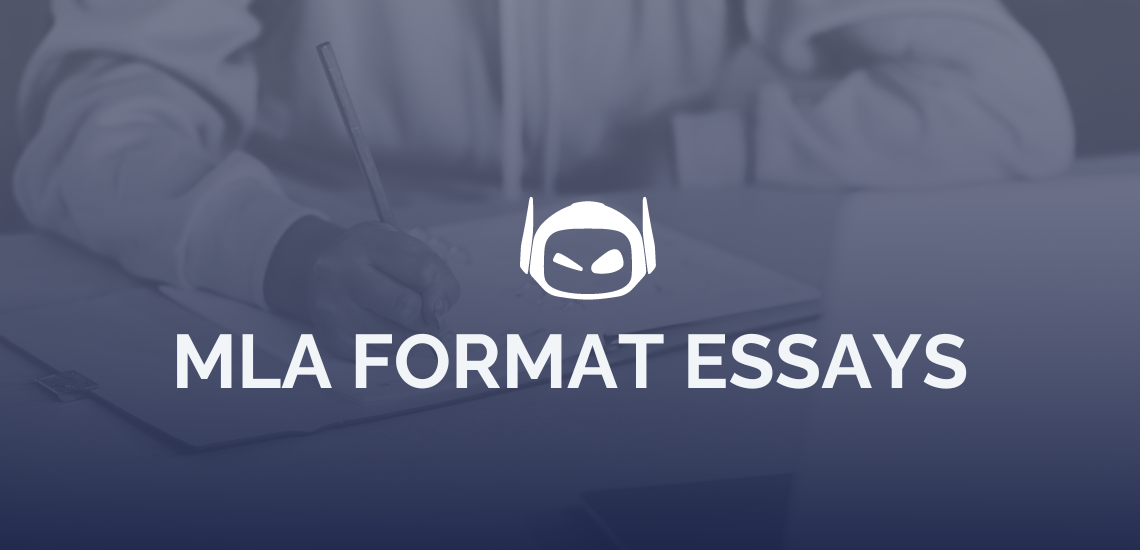
General Guide About Content and Writing
Schools are fond of following a specific format and writing...
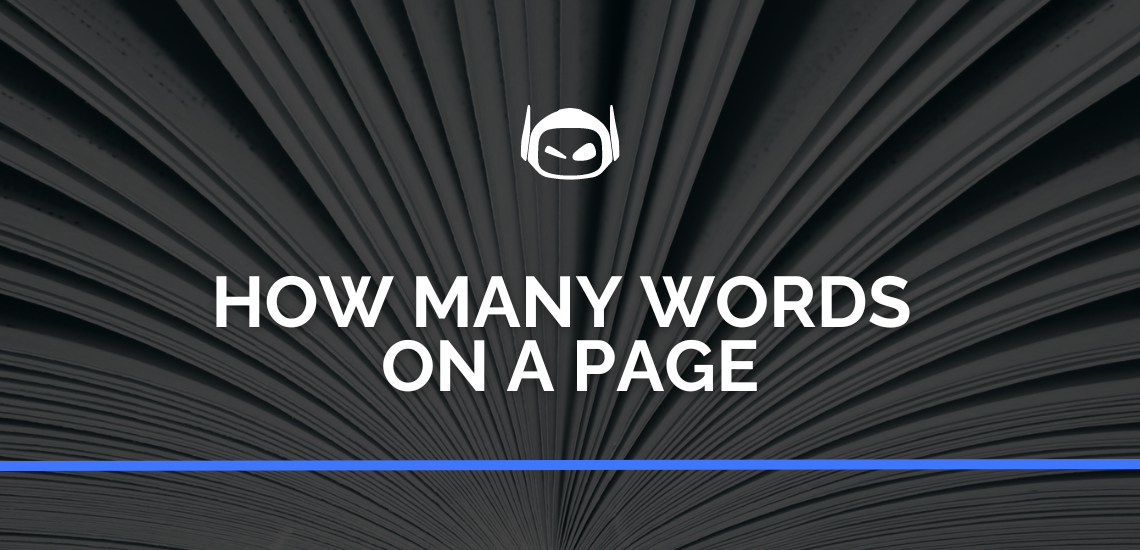
General Guide About Content and Writing
Those who frequently write content for essays, research papers, or...

Well-crafted descriptions are essential for any online content. You’ll engage...

General Guide About Content and Writing
Are you an expert in using “affect” and “effect” in...
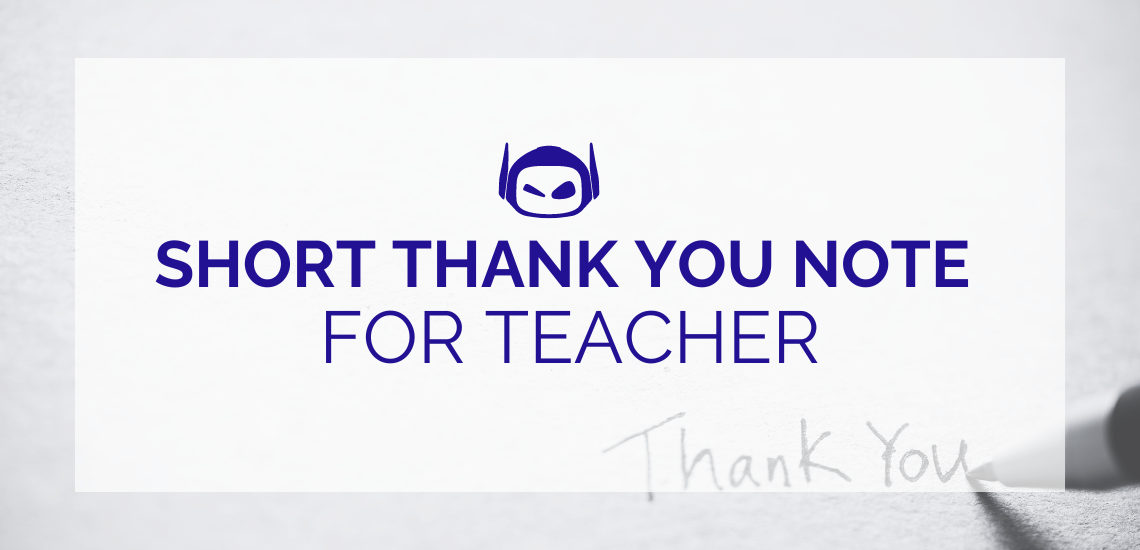
General Guide About Content and Writing
Do you want to write a short thank you note...

General Guide About Content and Writing
Do you know which spelling variation of the word “gray”...
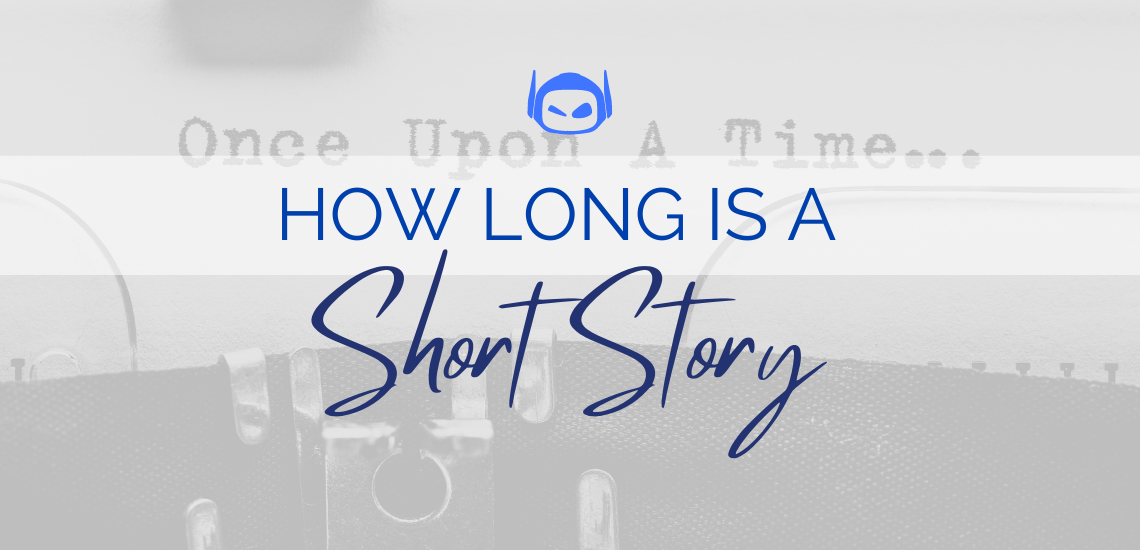
General Guide About Content and Writing
Do you want to know how long is a short...

Punctuation can be complicated. With so many dots and dashes...
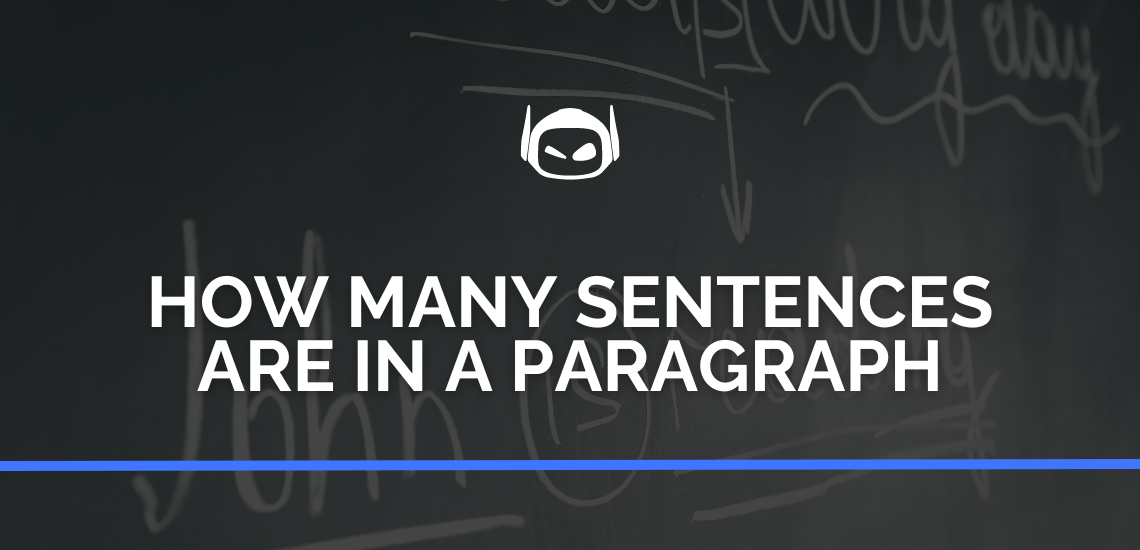
All About Content and Writing, General Guide About Content and Writing
Just how long should a paragraph be? Do you count...